When we started planning our trip to Warsaw, one of the places I was looking forward to visiting was the Neon Museum.
Located in the creative heart of the Polish capital, this museum is a must-see for designers and typographers, and those interested in the Cold War in Poland and how life changed throughout the years there.
If you like any of those topics, you will love this Warsaw attraction as much as we did. The Neon Muzeum, with a Z, is a museum dedicated to preserving and documenting Poland’s Cold War era neon signs, and they do this well.
As you walk the hallways of this small museum, you will see a lot of neon signs and learn a lot about where they were, how they were used, and how they managed to get to the Neon Museum.
LET ME TELL YOU A LITTLE OF THE HISTORY BEHIND THE NEON MUSEUM
Everything started in 2005 when David Hill and Ilona Karwinska decided to do a Polish Neon photographic documentation project. It was also there that they began renovating and preserving the remaining cold war neon signs around Warsaw. Since then, the museum’s collection has grown in size; nowadays, it displays hundreds of different signs.
Some even say that they have the largest collection of neon signs anywhere in Europe and we have to agree with that.
BUT WHY DID POLAND HAD SO MANY NEON SIGNS?
In socialist Poland, neon signs didn’t have the same functionality as those in capitalist cities like New York and Hong Kong. In these cities, neon signs were used to advertise a product or a service but in Poland, it wasn’t like that.
Since the country didn’t have a free market, the neon signs were used to provide information and for prestige.
Neon signs were designed and used as an integral part of Polish architecture after the Second World War. Those signs were designed by famous artists, architects, and graphic designers and are a unique part of Poland’s recent past.
A SHORT HISTORY OF NEON
Neon gas was discovered in 1898 by Sir William Ramsay, a Scottish scientist, who named it after the Greek word neos. But the use of neon in signage was pioneered by Georges Claude in Paris in the early 1900s. By the ’30s, neon was everywhere; most came from Georges Claude.
The Neon Museum is located in the creative heart of Warsaw, in the neighborhood known as Praga. The museum is at the Soho Factory, a post-industrial mix of galleries, designer shops, and restaurants.
The building which houses the museum dates from the early 20th century and has a cool history as well. It first served as a jute factory, later as an ammunition factory, then as a motorcycle and scooter factory and, during the last years, it was just an abandoned place. Praga is the place to be when you’re looking for cool spots to visit in Warsaw, just so you know.
The Neon Museum is open from 12:00 to 17:00 every day of the week, except Monday and Tuesday. The price of admission is 10 zł, something a little less than 3€.
Arriving at the museum might seem a little complicated but it isn’t. Take Tram 22 or 26 from the city centre, and you will arrive there without any issue. Leave the tram at Bliska Stop and you will be close enough to walk the other 3 blocks there. If you are looking for more things to do in Warsaw, this might museum might be it.
NEON MUSEUM WARSAW
Mińska 25, Warszawa, Poland
If you like what you read here, you should join our Discord channel; there, you will find a place for open discussions about all the themes we talk about here, and it is a free space for you to share your questions, comments and suggestions.
If you are not a fan of the platform, you also can join us on our Facebook group or our Twitter and Instagram. We usually post all the lovely images we see and do there, together with curating the best links of all World Wide Web. No joke!
Subscribe to our newsletter for discounts in hotels and photo gear, freebies and much more.
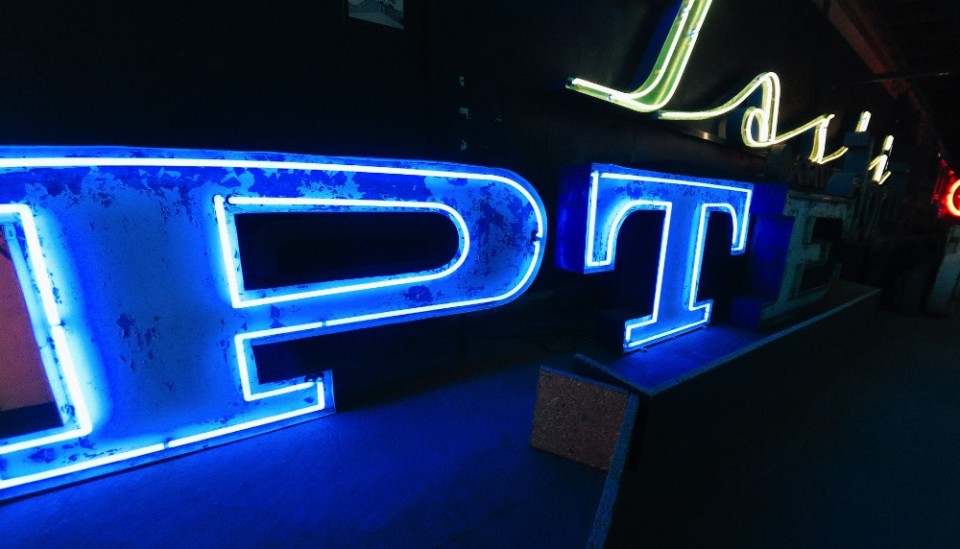
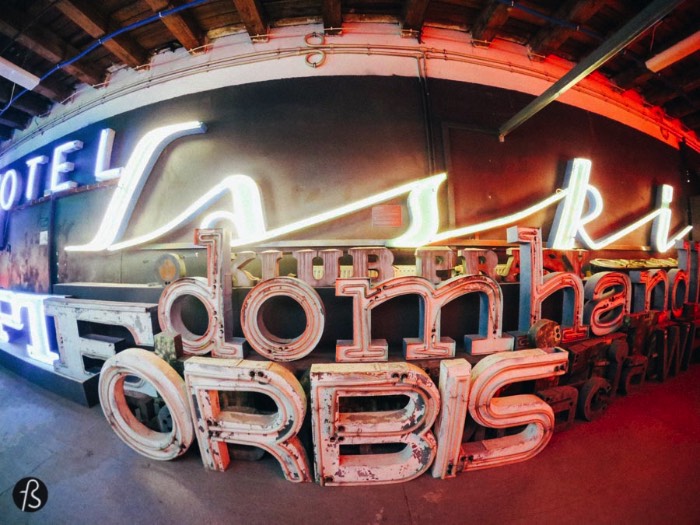

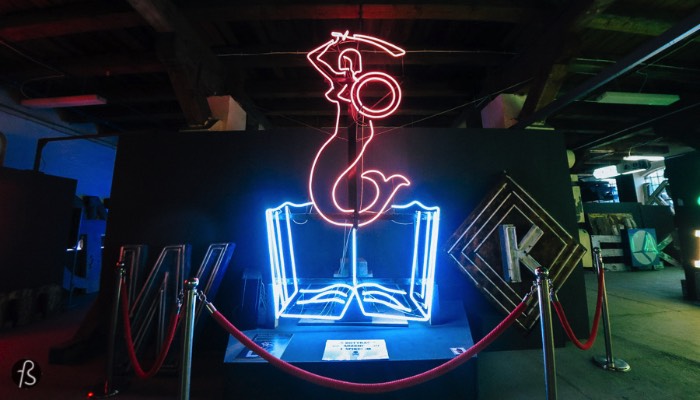
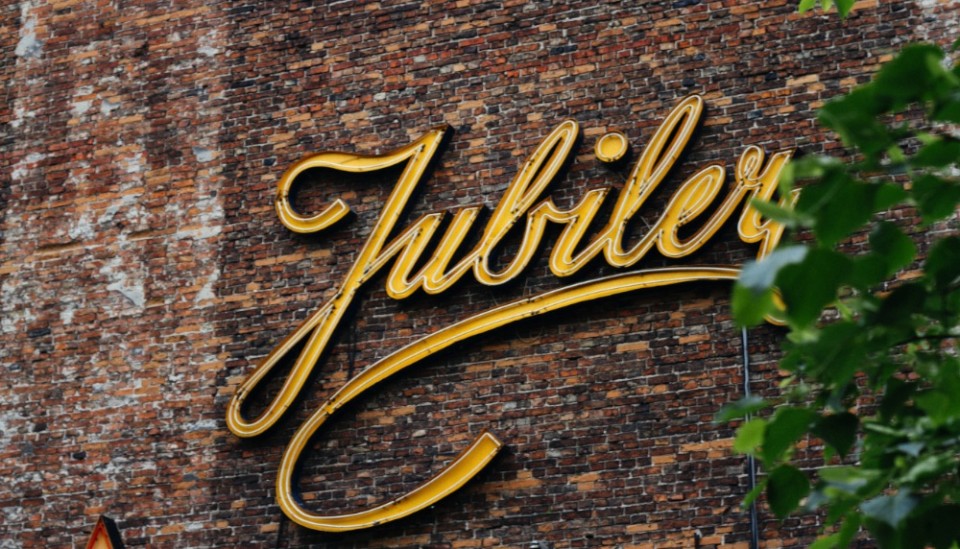
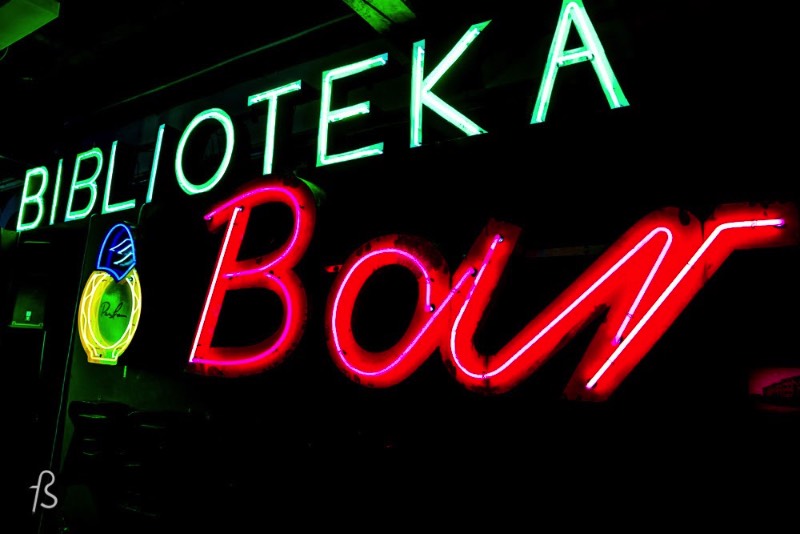
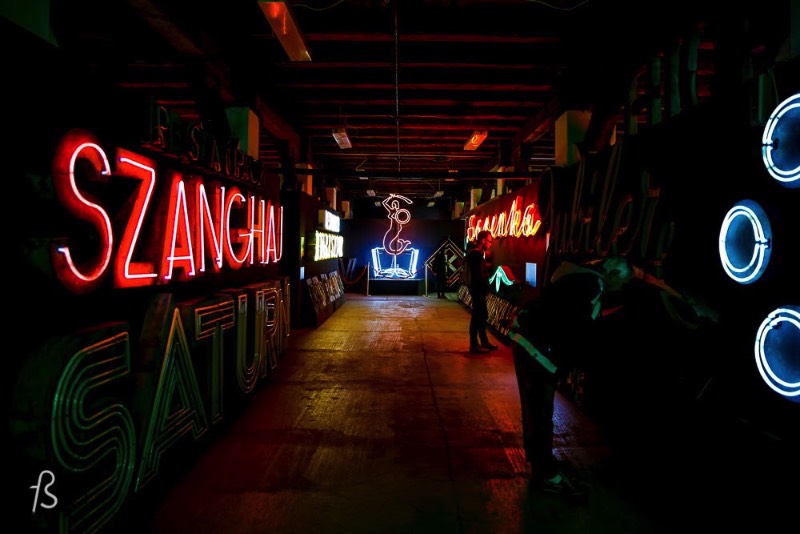
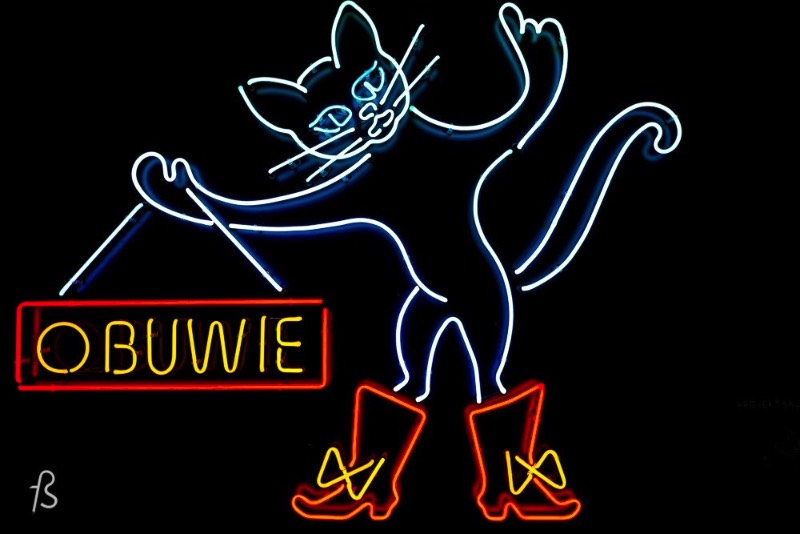
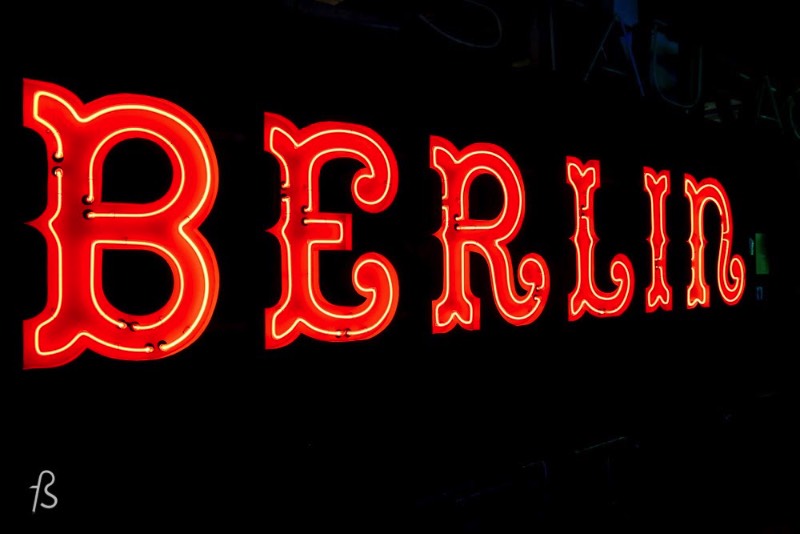
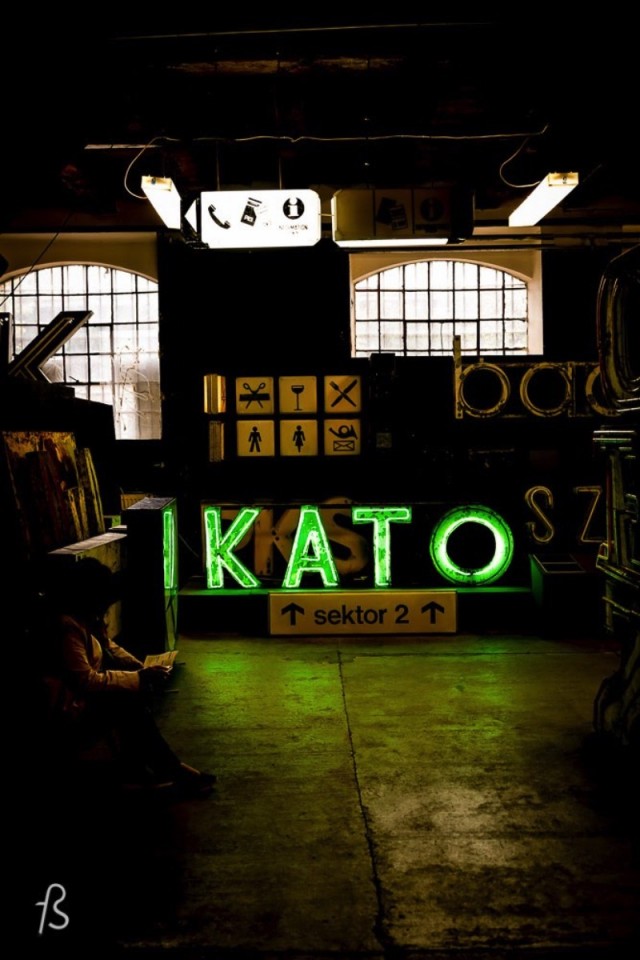
Pingback: 52 Places to See in Berlin via @fotostrasse
Comments are closed.